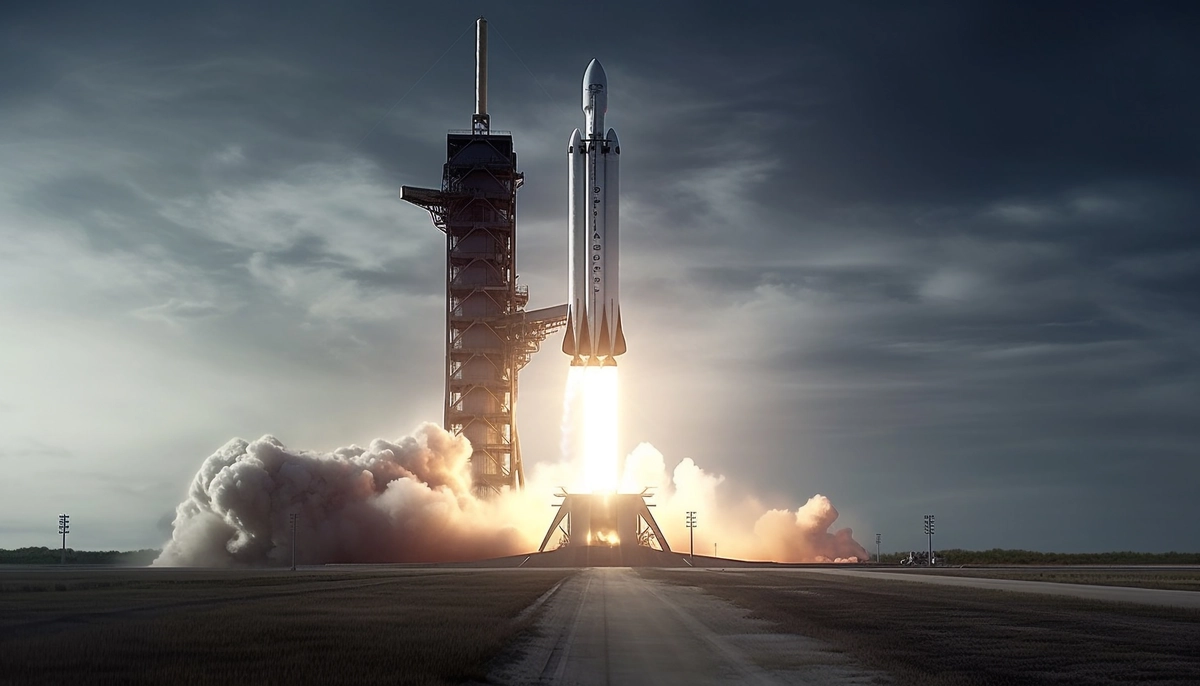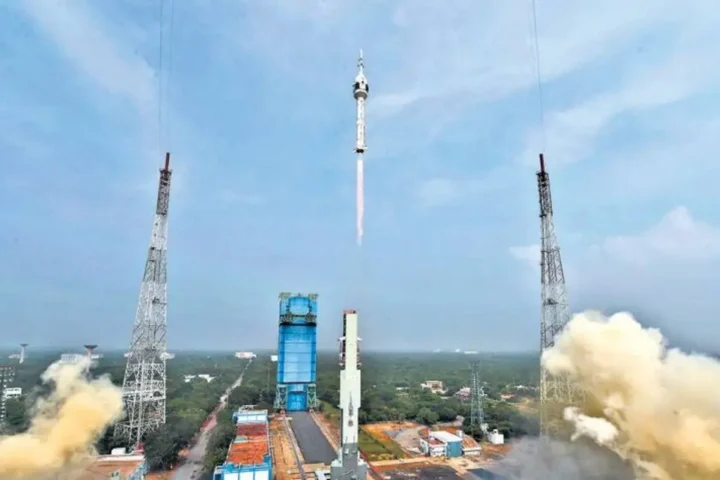The Lunar Race Begins
In recent days, the world has been riveted by the unofficial race to the lunar south pole between Russia’s Luna-25 and India’s Chandrayaan-3.
Russia’s Lunar Ambitions
Luna-25 was Russia’s first Moon mission in nearly half a century. The spacecraft aimed to be the first-ever to land on the Moon’s south pole, a region with potential for frozen water and valuable resources.
Tragic End for Luna-25
Russia’s hopes were dashed as Luna-25 spun out of control while attempting to enter its pre-landing orbit. Roscosmos lost contact with the spacecraft, and preliminary findings suggest it collided with the Moon’s surface, marking a mission failure.
The Impact on Roscosmos
This setback deals a blow to Russia’s civilian space program, which has faced declining funding in favor of military projects. It raises questions about the nation’s space capabilities in the modern era.
India’s Upcoming Chandrayaan-3 Mission
India, on the other hand, was racing Russia to the Moon’s south pole with Chandrayaan-3. This spacecraft is scheduled to land in the same region shortly, aiming to explore the lunar surface and gather valuable data.
The Scientific Significance of the South Pole
The lunar south pole is of immense interest due to the possibility of finding water in permanently shadowed areas. Such discoveries could have profound implications for future lunar exploration and potential human missions.
A Historic Opportunity
No country has ever successfully landed on the Moon’s south pole. Luna-25’s mission, though ending tragically, represented a significant step in exploring this uncharted territory.
Conclusion
While Luna-25’s mission ended in disappointment, the race to the Moon’s south pole continues with Chandrayaan-3. The quest for lunar exploration remains a testament to humanity’s drive for scientific discovery and space exploration, despite the inherent challenges and risks involved.







